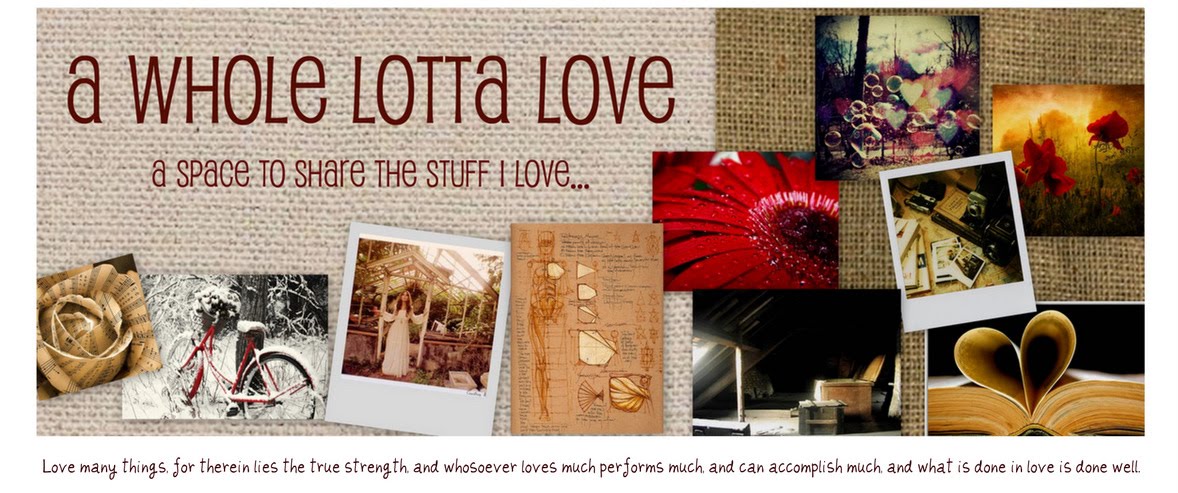I recently watched this documentary on Synesthesia, which I thought I would share. This is a fascinating condition, in which the 'stimulation of one sensory or cognitive pathway leads to automatic, involuntary experiences in a second sensory or cognitive pathway'. In other words, people have their senses crossed, so that, for example, they not only see visual images, but they can also 'see' sounds or even numbers (which is a great help in math). Or other examples would include someone who can taste words or someone who sees letters as having a particular color.
Even though I am not a synesthete (someone who has this condition), I have often wondered if certain sounds would have a particular color if our brain could register these things. After all, sound is just the vibration waves that our brain interprets as a particular note and color is simply what our brain interprets as a particular wave length.
Even though this condition might be quite annoying, those who have studied the condition feel that it also heightens creativity in those who have it. From Wikipedia: "Famous synesthetes include David Hockney, who perceives music as color, shape, and configuration, and who uses these perceptions when painting opera stage sets but not while creating his other artworks. Russian painter Wassily Kandinsky combined four senses: color, hearing, touch, and smell. Vladimir Nabokov describes his grapheme-color synesthesia at length in his autobiography, Speak, Memory and portrays it in some of his characters. Composers include Duke Ellington, Franz Liszt, Nikolai Rimsky-Korsakov, and Olivier Messiaen, whose three types of complex colors are rendered explicitly in musical chord structures that he invented. Physicist Richard Feynman describes his colored equations in his autobiography, What Do You Care What Other People Think?"
Anyway, here is the documentary:
Imagine having the taste of earwax in your mouth every time someone says 'Derek'. Weird as it may sound, this is an abnormal condition that James Wannerton faces. Scientist have discovered that this condition is due to mixed up senses. Some people can see colours of certain words or numbers and some can taste them.
For years scientists dismissed it, putting it in the same category as séances and spoon-bending. But now, synaesthesia is sparking a revolution in our understanding of the human mind.
Castle Courtyard I, 1908 by Kandinsky

-799140.jpg)

No comments:
Post a Comment